Yield Curve Inversion Might Portend, But Doesn’t Predict, Recession
An update from Cushman & Wakefield discusses the correlation between an inverted yield curve and its implications for commercial real estate.

Ken McCarthy, Principal Economist & Americas Head of Applied Research, Cushman & Wakefield. Image courtesy of Cushman & Wakefield
Will there be another recession? Of course—eventually. How soon? No one knows. There’s a lot we can’t necessarily understand or predict about the economy and the current business cycle. But in a new report, Cushman & Wakefield brings clarity to something that has lots of people nervous, even though (or perhaps because) they don’t really understand it: The yield curve and its recent run of inversion.
The yield curve, as measured by the spread between the 3-month Treasury bill and the 10-year Treasury note, inverted briefly back in March and April, the report notes. But what has many a bit spooked is its persistent inversion since May, which is why Cushman & Wakefield released this update.
READ ALSO: Federal Reserve Cuts Rates for 1st Time Since Recession
The report emphasizes one crucial distinction: Yes, yield curve inversions have since at least the 1960s been a reliable, though not infallible, predictor of recessions. But no, inversions do not cause recessions.
Further, we are not in a recession now, nor is there likely to be one soon, nor is there any reason to think that the next recession will be anywhere near as bad as the last one. In addition, the lead time between an inversion and a recession varies substantially. Even when an inversion lasts at least a month, the time to recession can be as little as five months or as long as 18 months. On top of that, the report notes, “CRE fundamentals in most markets are in good shape.”
Under the “Is this time different?” heading, Cushman & Wakefield points out factors that could be artificially depressing 10-year Treasury yields, such as Fed actions to keep those rates low and a flight to quality by jittery investors.
When, not if
Whatever one’s judgment about the correlation between an inverted yield curve and recession, the former does present opportunities, according to Cushman & Wakefield. Here are a half-dozen:
- Because long-term rates are down while short-term rates have been stable, owners can refinance and switch out of shorter-term debt and into longer-term debt at lower rates.
- “Plan for income, but not for capital appreciation,” advises the report’s author, Ken McCarthy, Americas head of applied research. “At this point, any further capital gains from CRE would be a bonus.” There’s an opportunity now to move up the capital stack.
- A brief, modest recession could produce pricing corrections and thus buying opportunities, particularly with record levels of capital targeting CRE.
- It’s an even better time than usual to diversify, as to both product type and geography. The multifamily and industrial sectors are benefiting from long-term structural shifts, and larger markets with more diversified economies can often better withstand downturns.
- It’s also an opportune time to refocus on the basics, such as strong demographics and sectors supported by robust supply-and-demand dynamics (think life sciences and health care).
- “Tenants who are in a sound financial position can take advantage of any downturn to improve the quality of their space and/or lower their rent,” the report suggested.

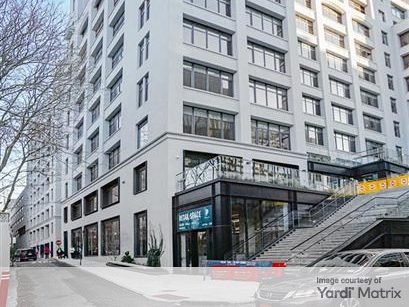
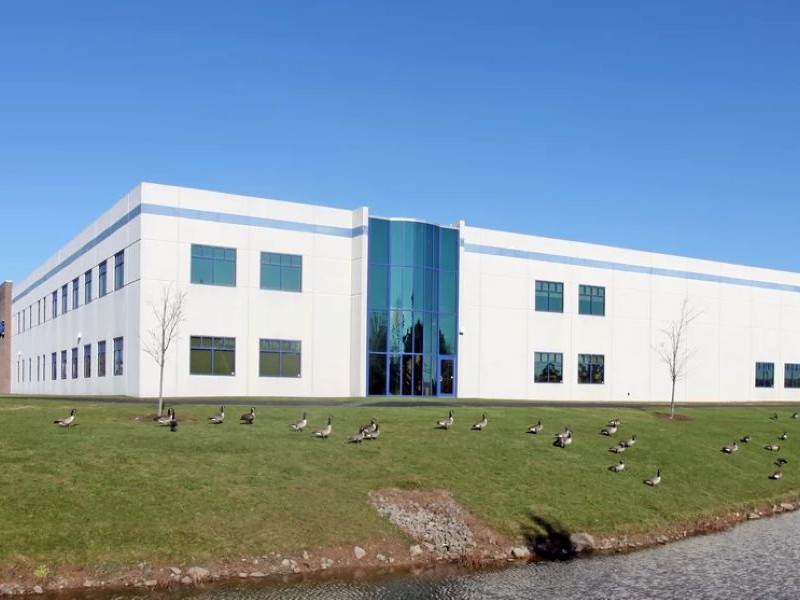
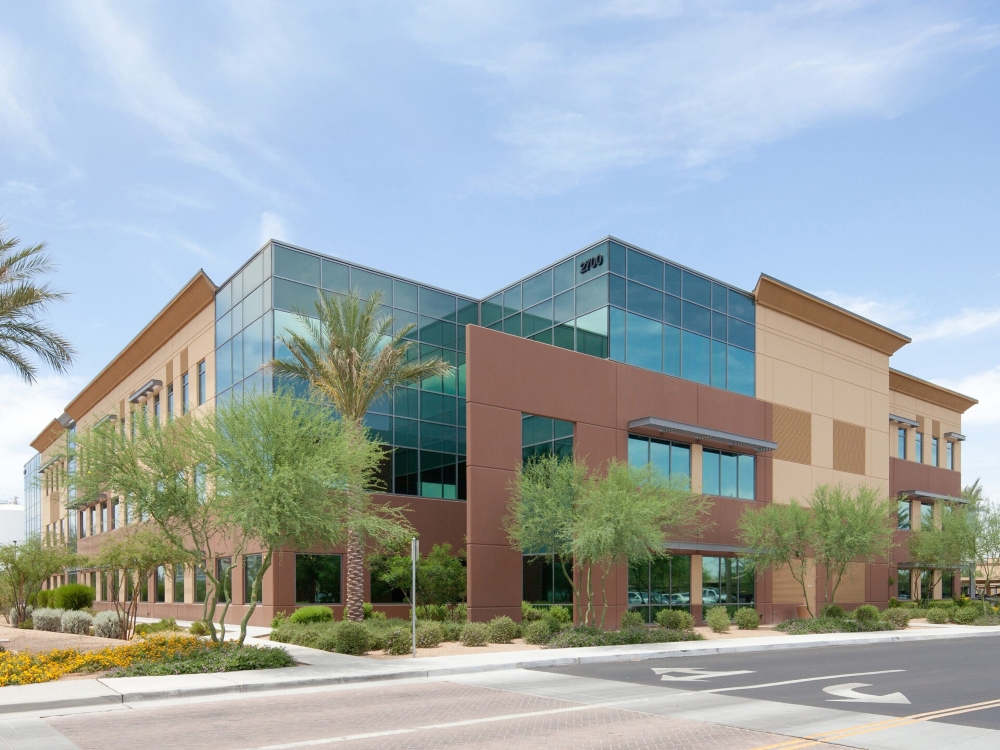
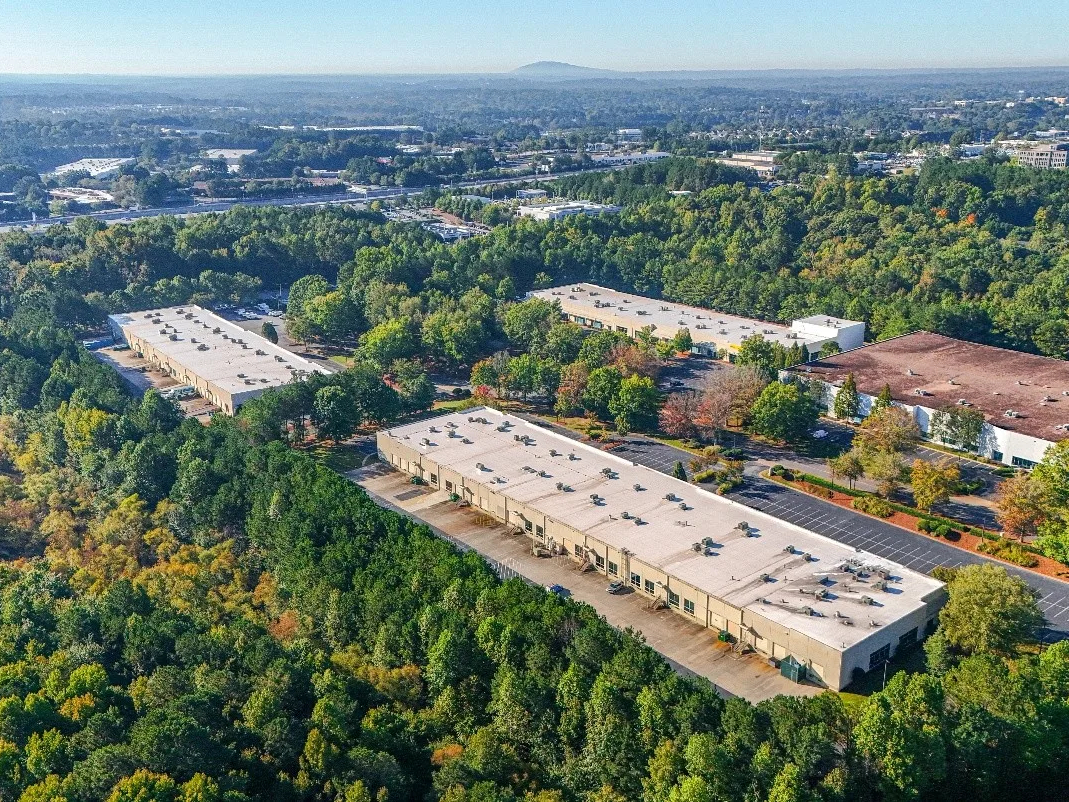
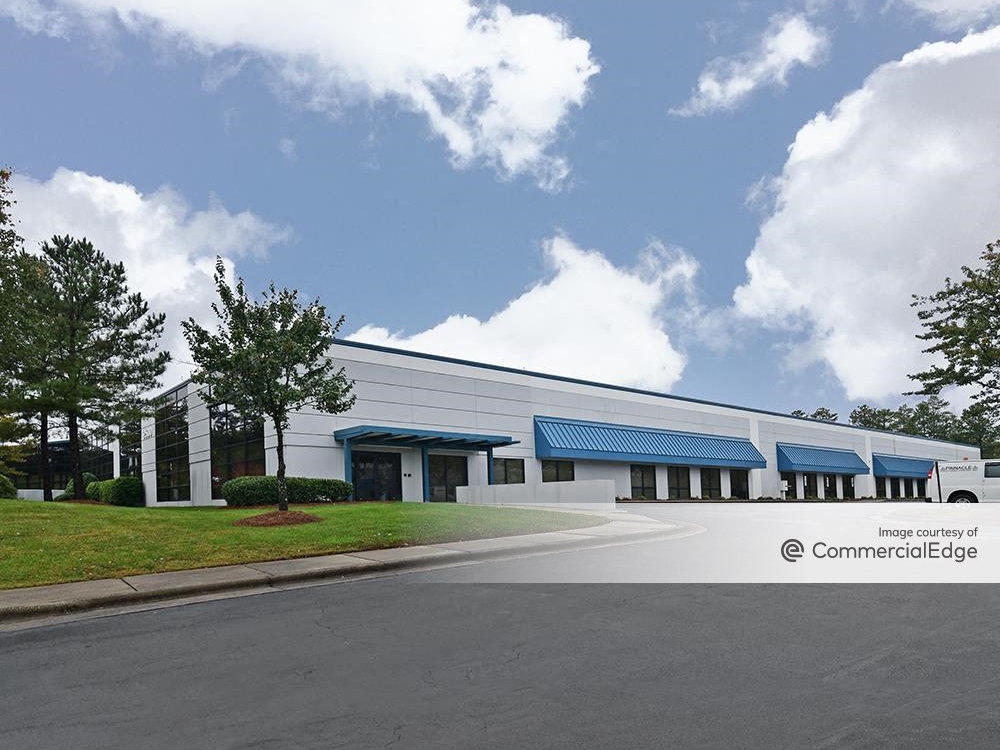

You must be logged in to post a comment.